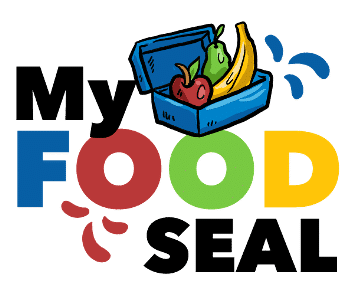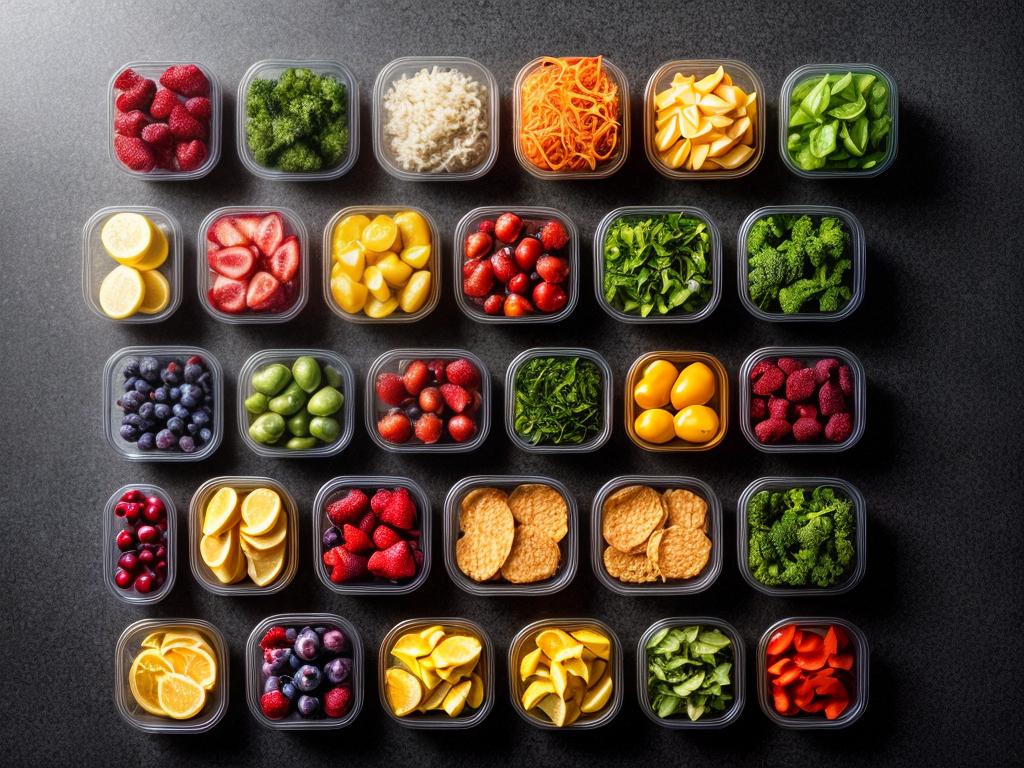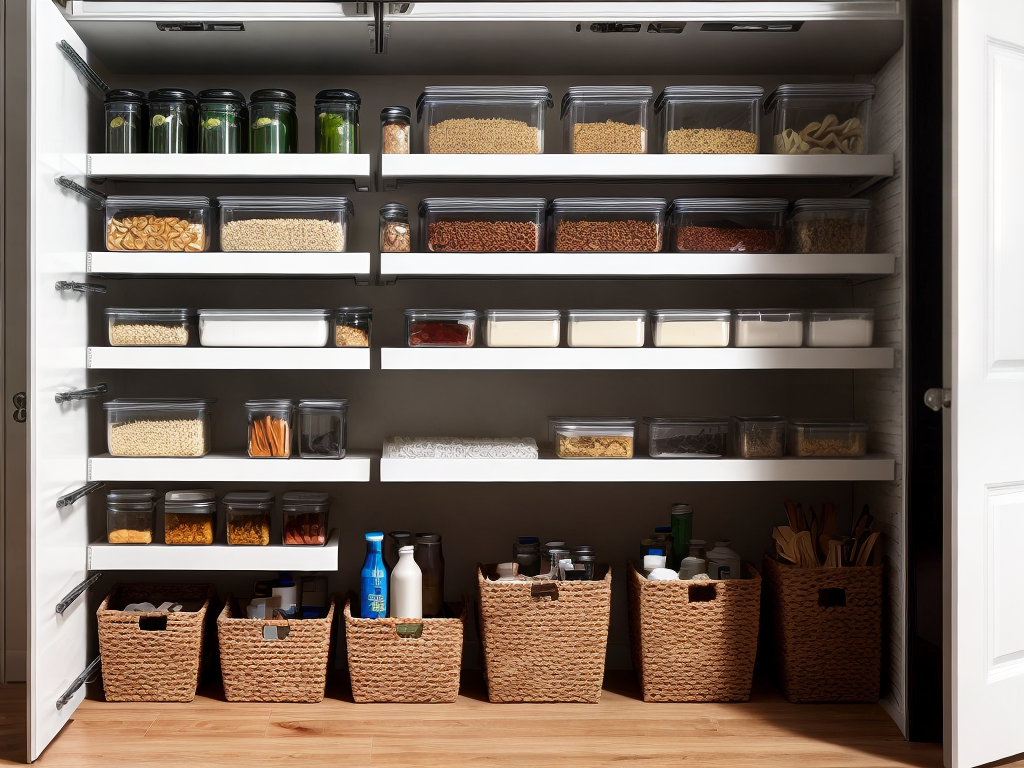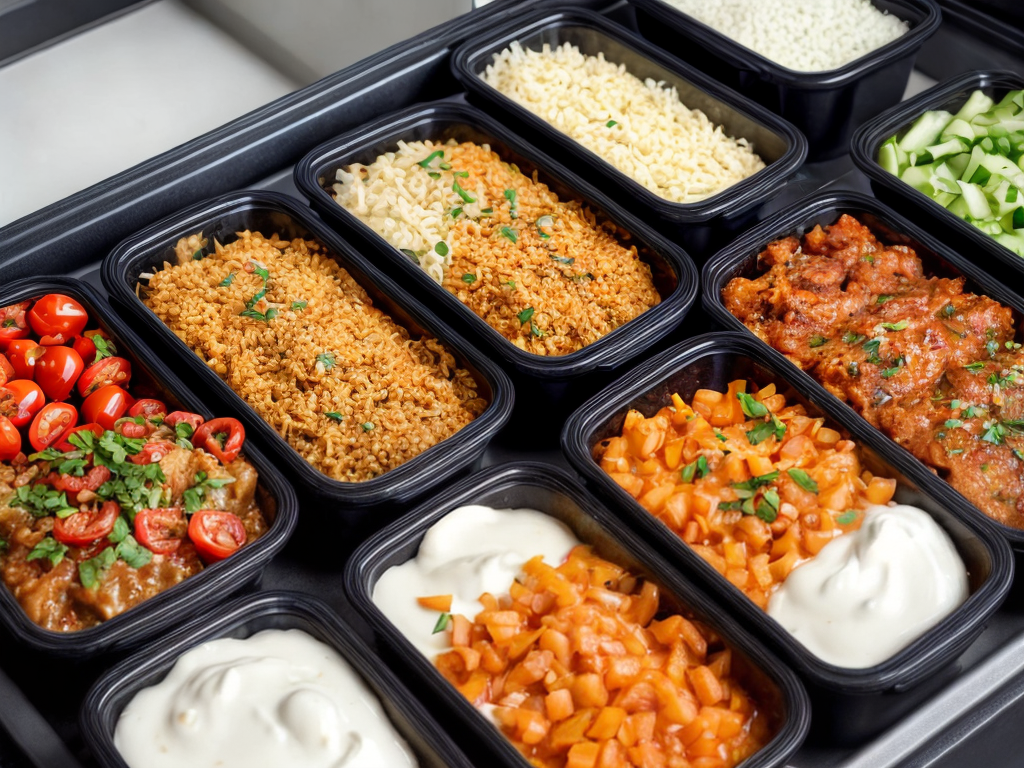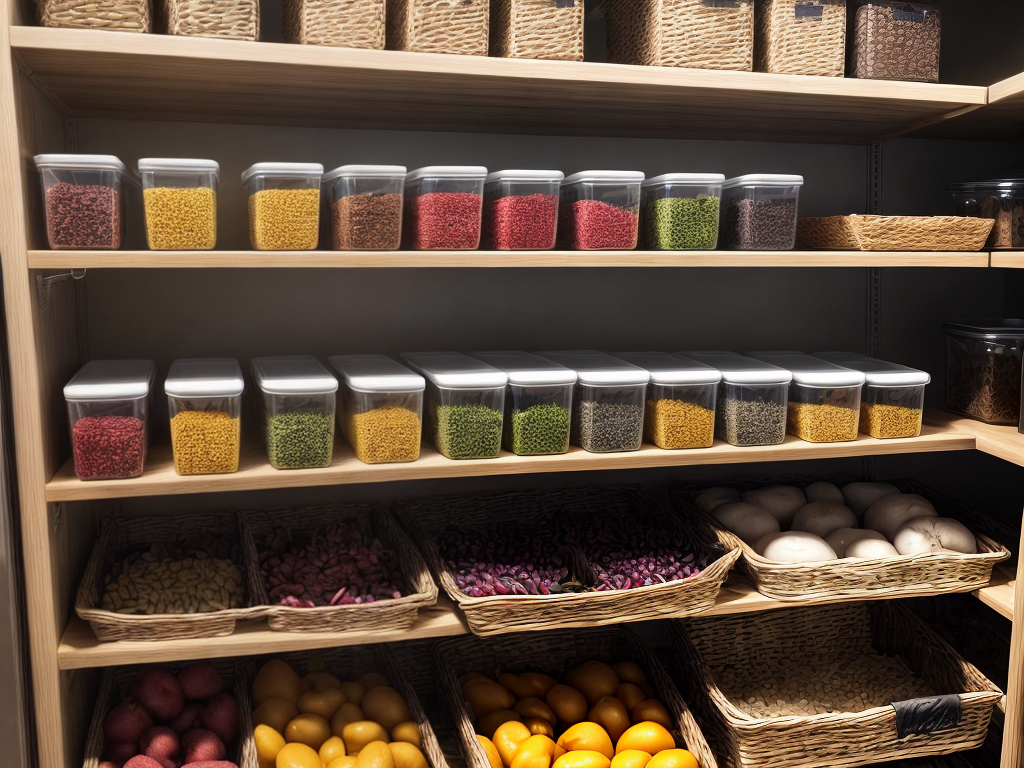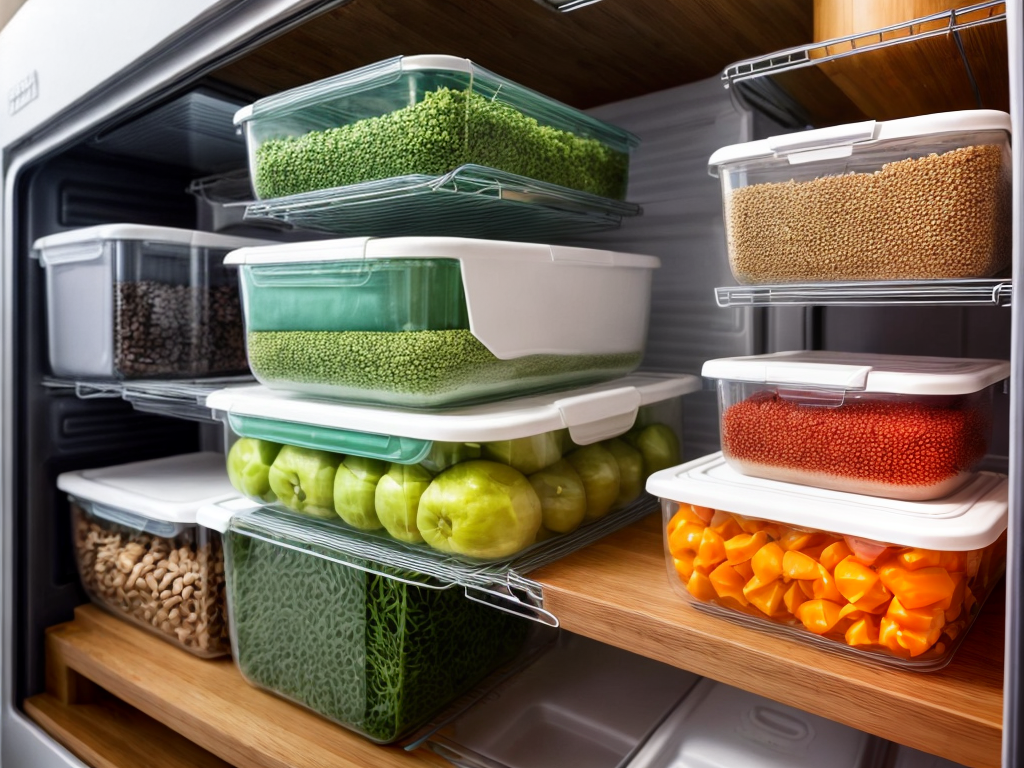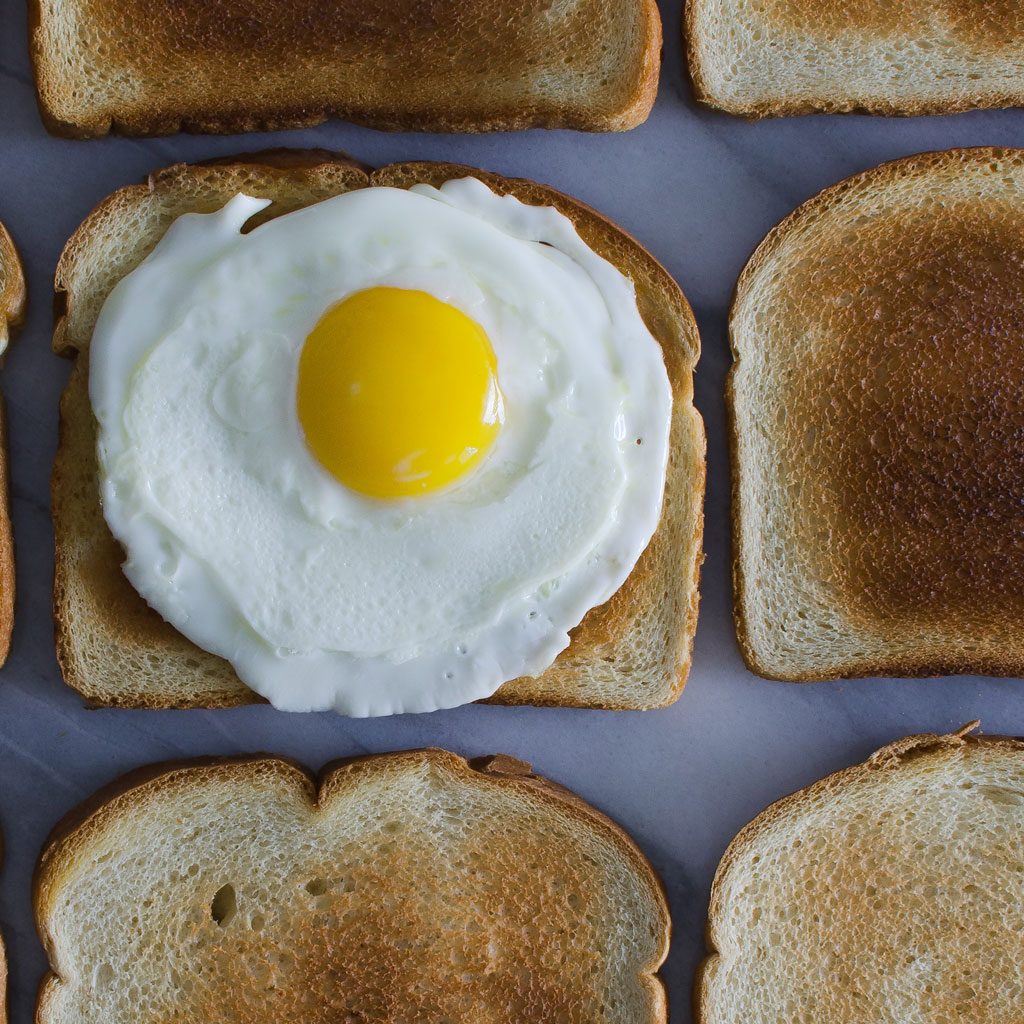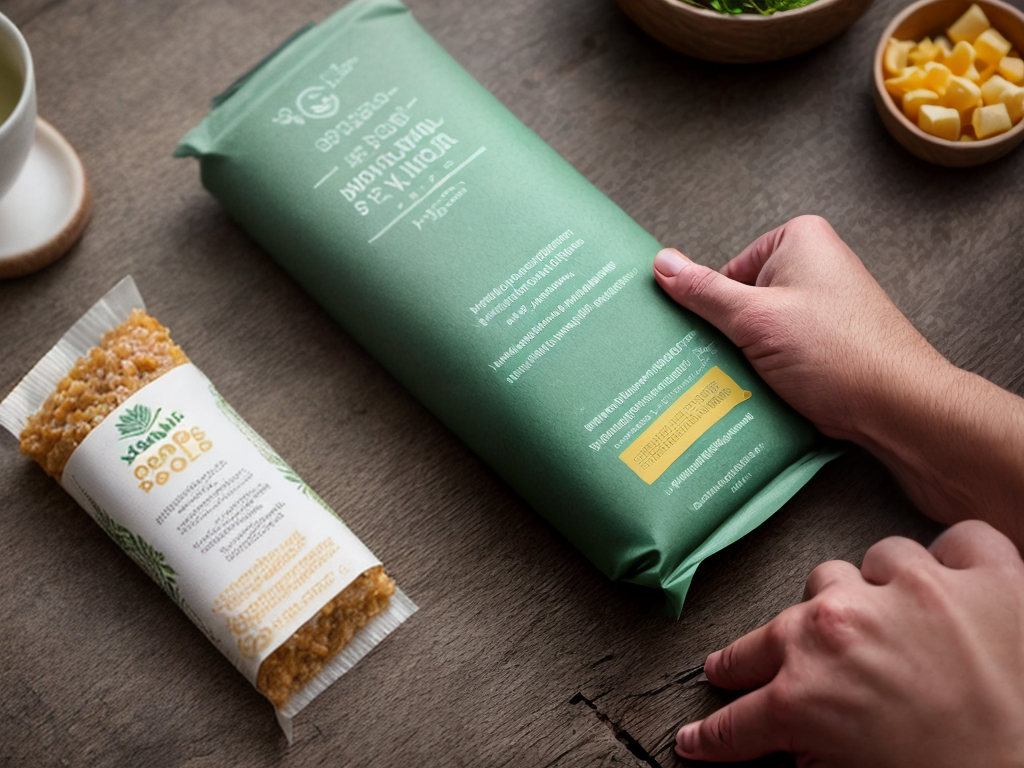
Oh, eco-friendly food wraps, the saviors of our planet, the knights in shining armor for our lunches. But do they really live up to their green reputation? Let’s take a closer look at these seemingly miraculous creations. Are they truly as environmentally friendly as they claim to be? And more importantly, do they actually work? Join me as we unravel the mystery behind eco-friendly food wraps and see if they truly measure up to their hype.
Types of Eco-Friendly Food Wraps
When it comes to eco-friendly food wraps, there are several types available that offer a sustainable alternative to single-use plastic wrap. Reusable options made from alternative materials are gaining popularity among environmentally-conscious consumers. One such option is beeswax wraps, which are made by infusing cotton fabric with a mixture of beeswax, jojoba oil, and tree resin. These wraps can be used to cover bowls, wrap sandwiches, or store produce. They are flexible, moldable, and have a natural adhesive quality that allows them to stick to surfaces. Another type of eco-friendly food wrap is silicone wraps, which are made from food-grade silicone. These wraps are heat-resistant, durable, and can be reused many times. They provide an airtight seal and are great for wrapping leftovers or covering containers. Lastly, there are also wraps made from plant-based materials like soy wax or hemp fabric. These wraps are biodegradable and compostable, making them a truly eco-friendly option. Overall, these reusable options made from alternative materials provide an effective and sustainable alternative to single-use plastic wrap.
Environmental Impact of Eco-Friendly Food Wraps
The environmental impact of eco-friendly food wraps is an important aspect to consider when choosing sustainable alternatives to single-use plastic wrap. One key factor to evaluate is the carbon footprint of these eco-friendly options. Carbon footprint refers to the amount of greenhouse gas emissions produced throughout the lifecycle of a product. Eco-friendly food wraps often have a lower carbon footprint compared to traditional plastic wraps. This is because they are usually made from renewable resources, such as beeswax, soy wax, or plant-based materials. These materials require less energy and resources to produce, reducing the overall carbon emissions associated with their manufacturing.
Another crucial aspect to consider is the biodegradability of eco-friendly food wraps. Biodegradability refers to the ability of a material to break down into natural elements over time. Unlike traditional plastic wraps that can take hundreds of years to decompose, eco-friendly food wraps are designed to biodegrade more rapidly. This means that when disposed of properly, they can break down into harmless substances and return to the environment without causing long-term pollution.
Effectiveness of Eco-Friendly Food Wraps
Eco-friendly food wraps are highly effective in preserving the freshness and quality of food. These innovative wraps have been designed to provide a sustainable alternative to traditional plastic wraps, while still offering the same level of performance. In fact, when compared to their plastic counterparts, eco-friendly food wraps have proven to be just as effective, if not more so. Here are five key reasons why eco-friendly food wraps are highly effective:
- Superior breathability: Eco-friendly food wraps allow food to breathe, preventing condensation and maintaining optimal moisture levels.
- Excellent cling: These wraps adhere well to various surfaces, ensuring a secure seal and keeping food fresh for longer periods.
- Versatile usage: Eco-friendly food wraps can be used for a wide range of food items, including fruits, vegetables, sandwiches, and leftovers.
- Enhanced durability: These wraps are tear-resistant and can withstand refrigeration and freezing, providing reliable protection for food.
- Positive customer feedback: Many users have expressed high satisfaction with eco-friendly food wraps, praising their performance and the preservation of their food.
Considering the effectiveness comparison and positive customer satisfaction, it is clear that eco-friendly food wraps are a reliable choice for preserving the freshness and quality of food.
Sustainability of Eco-Friendly Food Wraps
To assess the sustainability of eco-friendly food wraps, it is important to consider their environmental impact throughout their lifecycle. Sustainability challenges arise from both the production and disposal of these wraps. The choice of materials used in production, the energy consumption during manufacturing, and the potential for pollution all contribute to the overall sustainability of the product.
Consumer behavior also plays a significant role in the sustainability of eco-friendly food wraps. Proper usage and disposal are crucial for minimizing waste and maximizing their environmental benefits. If consumers do not use these wraps as intended or fail to dispose of them correctly, the sustainability advantages may be diminished.
To better understand the sustainability of eco-friendly food wraps, let’s examine the key environmental factors at each stage of their lifecycle:
| Lifecycle Stage | Environmental Impact |
|---|---|
| Production | Raw materials, energy consumption, pollution |
| Usage | Waste generation, proper usage |
| Disposal | Biodegradability, recycling options |
Evaluating the Green Reputation of Eco-Friendly Food Wraps
Evaluating the reputation of eco-friendly food wraps in terms of their environmental impact requires a comprehensive analysis of their sustainability practices. When considering the green reputation of eco-friendly food wraps, it is important to evaluate their effectiveness and compare their cost to traditional food wraps. Here are some key factors to consider:
- Material Sourcing: How are the materials for the eco-friendly food wraps sourced? Are they made from renewable resources or recycled materials?
- Production Process: What methods are used to produce the eco-friendly food wraps? Is the production process energy-efficient and environmentally friendly?
- Biodegradability: Are the food wraps biodegradable? Do they break down naturally without causing harm to the environment?
- Packaging: How are the eco-friendly food wraps packaged? Is the packaging also environmentally friendly and recyclable?
- End-of-Life Management: What happens to the food wraps after use? Can they be easily recycled or composted?
Conclusion
In conclusion, eco-friendly food wraps offer a promising solution for reducing plastic waste and minimizing environmental impact. However, their effectiveness and sustainability vary depending on the specific type and brand. It is important for consumers to carefully evaluate the green reputation and claims of eco-friendly food wraps before making a purchasing decision. By choosing the right product, we can contribute to a more sustainable future while keeping our food fresh and protected.
